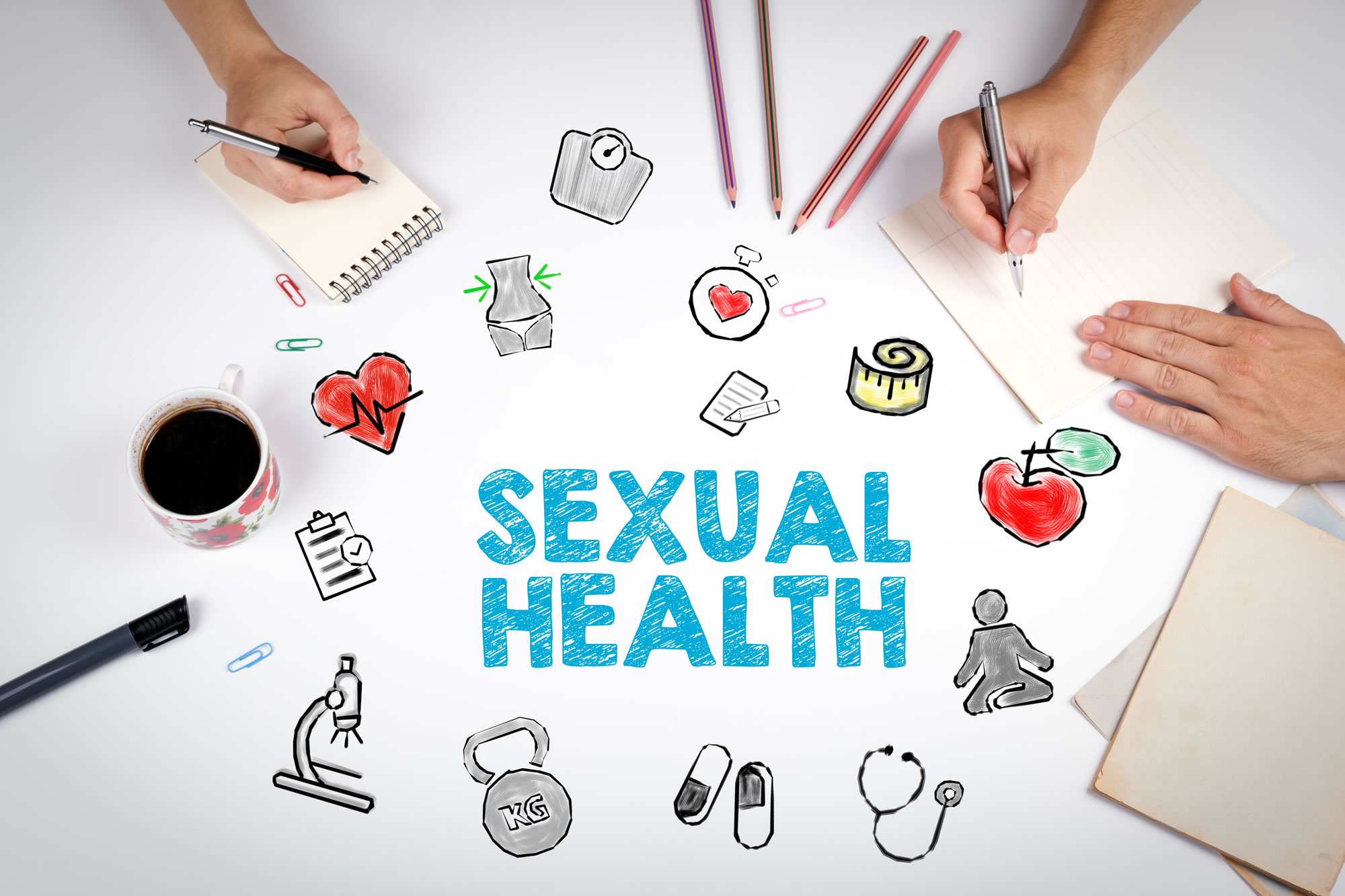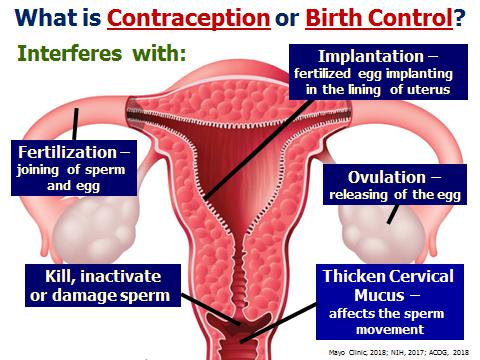Sexual Risk Avoidance Education Quick Facts
What exactly is SRA education?
SRA is a sex education approach based on a public health model known as “risk avoidance” or “primary prevention”.
It is the standard approach used to address risk behaviors such as underage drinking and smoking and is entirely appropriate and beneficial in addressing the risk of teen sex.
It differs from a “risk reduction” model in that it seeks to help individuals eliminate all risk as opposed to simply reducing risk. It helps to foster a culture of high expectations for all youth.
What’s the difference between Sexual Risk Avoidance (SRA) and Sexual Risk Reduction (SRR) or “comprehensive" sex education (CSE)?
 SRA programs teach adolescents how to avoid risk. The CSE model narrowly instructs teens how to reduce risk when it comes to sexual activity by teaching forms of protection, which is why they are often referred to as sexual risk reduction programs.
SRA programs teach adolescents how to avoid risk. The CSE model narrowly instructs teens how to reduce risk when it comes to sexual activity by teaching forms of protection, which is why they are often referred to as sexual risk reduction programs.
Merely reducing sexual risk does not promote optimal health to that individual. By equipping young people with the skills to eliminate any current risks and avoid any future risks, sexual risk avoidance programs do promote optimal health and follow the public health model.
SRA educators believe teens can avoid sex and CDC (Centers for Disease Control) trend data shows, in increasing numbers, they are doing so. SRA sets young people up for success by showing them what they can achieve when they focus on their dreams and future life goals.
In addition, the latest CDC research on youth and sex shows that most teens have not had sex – and that percent has improved 17% in the past 10 years.1
1 CDC (2023) Youth Online: 2023 YRBS Survey Results. Atlanta: Author
This model of teaching also goes beyond just the physical consequences such as teen pregnancy and STIs/STDs. Our comprehensive approach emphasizes and connects the value of avoiding sex to key components that help adolescents thrive and succeed.
Do SRA programs present information on contraception?
 SRA curricula shares medically accurate information on contraception – the health benefits as well as the limitations; including the varying effective rates for prevention of pregnancy and STIs. This information is provided within a broader context that strongly emphasizes delaying sexual activity and the value of waiting for sex. Research indicates that the longer a person waits to have sex, the more likely they are to use contraception.3 This data (National Survey on Family Growth (NSFG)) reveals that sexually active students are more likely to use condoms or other forms of contraception protection if they are taught how to avoid teen sex, rather than if they receive education on how to use a condom. Information is shared but not demonstrated or distributed.4
SRA curricula shares medically accurate information on contraception – the health benefits as well as the limitations; including the varying effective rates for prevention of pregnancy and STIs. This information is provided within a broader context that strongly emphasizes delaying sexual activity and the value of waiting for sex. Research indicates that the longer a person waits to have sex, the more likely they are to use contraception.3 This data (National Survey on Family Growth (NSFG)) reveals that sexually active students are more likely to use condoms or other forms of contraception protection if they are taught how to avoid teen sex, rather than if they receive education on how to use a condom. Information is shared but not demonstrated or distributed.4
SRA programs do not normalize teen sex, especially important, since CDC data shows that nearly 70% of 15-17 year olds are NOT having sex. 5
3 Abma JC, Martinez GM. Sexual activity and contraceptive use among teenagers in the United States, 2011-2015. National health statistics reports; no 104. Hyattsville, MD: National Center for Health Statistics. 2017.
4 Institute for Youth Development (2011). A consultation report on sexual risk avoidance programs and contraceptive information. Washington DC: IYD Page 3.
5 National Center for Health Statistics (2015. Nov) Key statistics from the National Survey of Family Growth – T Listing. National Survey of Family Growth
Is SRA education relevant to LGBTQ teens?
All presentations are taught in a sensitive manner, valuing and respecting each student and delivering information that is relevant to all, regardless of sexual orientation, to achieve optimal health.
Encouraging young people, irrespective of their sexual orientation, to delay sex promotes equality in health for all. All students can benefit from the principles taught:
- sexual delay,6
- fewer lifetime partners,7
- developing healthy relationships,8
- setting boundaries,9
- reserving sex for a lifetime, faithful, monogamous and uninfected partner are protective factors that help all teens avoid risk.10
6 Sandfort, T.G., Orr, M., Hirsch, J.s>, & Santelli, J (2008). Long term health correlates of timing of sexual debut: Results from a national US study. American Journal of Public Health, 98(1), 155-161
7 Sandfort, T.G., Orr, M., Hirsch, J.s>, & Santelli, J (2008). Long term health correlates of timing of sexual debut: Results from a national US study. American Journal of Public Health, 98(1), 155-161
8 Centers for Disease Control, (2016) HIV Basics/Prevention Retrieved June 17, 2016 at http://www.cdc.gov/iv/basics/prevention.html
9 Centers for Disease Control (2016). Sexual Violence: Risk & Protective Factors Atlanta: CDC. Retrieved on June 17, 2016 at http://www.cdc.gov/violenceprevention/sexualviolence/riskprotectivefactors.htm. Rape, Abuse & Incest National Network (RAINN). (n.d) Ways to reduce your risk of sexual assault.
10 Centers for Disease Control and Prevention (2013) Condoms and STDs: Fact sheet for public health personnel. Accessed on June 17, 2016 at http://www.cdc/gov/condomeffectiveness/latex.html
CDC data show that sexual minority youth – those who identify as gay, lesbian, or bisexual, or who have sexual contact with persons of the same or both sexes – are at substantial risk for serious health outcomes. Among young people (aged 13-19) diagnosed with HIV in 2017, 94% were gay and bisexual males.11
11 cdc-hiv-survelllance-adolescents-young-adults-2017. Diagnosis of HIV infection among male adolescents and young adults; United States
Is the SRA message relevant to sexually active teens?
 Sexually experienced teens receive the skills and positive empowerment to make healthier choices in the future as a result of SRA education. A published study demonstrated that those who enrolled in an SRA program were much more likely to choose to abstain than their sexually experienced peers who did not receive SRA education.15
Sexually experienced teens receive the skills and positive empowerment to make healthier choices in the future as a result of SRA education. A published study demonstrated that those who enrolled in an SRA program were much more likely to choose to abstain than their sexually experienced peers who did not receive SRA education.15
One half of sexually active 18 and 19 year olds wish they had waited longer before becoming sexually active.16 The message is important to all teens regardless of orientation or experience. Every teen deserves to receive the knowledge and skills needed to achieve optimal health. To do otherwise exhibits “advantage discrimination” to those at greatest risk.
15 Borawski, Trapl, Lovegreen, et al. (2005). Effectiveness of abstinence-only intervention in middle school teens. American Journal Health Behavior.
16 Barna Group (2015), Teens Speak Out survey. Ventura: AuthorAlbert, B. (2012). With One Voice 2012. Washington, DC: the National Campaign to Prevent Teen Pregnancy. Retrieved March 18, 2015 at https://thenationalcampaign.org/sites/default/files/resource-primary-downloads/wov_2012.pdf. This older survey shows that among younger teens, the regret is even more pronounced.
Do SRA programs address issues involving consent, sexual violence and dating violence?
SRA education offers a holistic approach to sex and healthy relationship-building, focusing on the well-being of the whole person. Providing an understanding of the components of a healthy relationship helps to identify the recognition, escape and prevention of assault and violence. On the issue of consent, SRA programs have routinely shared age of consent laws that inform teens of the laws dealing with sexual behavior in their state. Programs are also careful to guide teens beyond mere consent as the arbiter for sexual activity to a broader understanding of the importance of delaying sex, preferably until marriage with mutual respect, healthy relating, and a focus on future goals.
SHARE teaching covers “A-K “requirements in district sex education curriculum for Michigan.
By law, Michigan school districts that offer sex education must ensure that material and instruction in the sex education curriculum under section 1507 that discusses sex shall be age-appropriate, shall not be medically inaccurate, and shall do at least all of the following [380.1507b(2)].
Component
- Discuss the benefits of abstaining from sex until marriage and the benefits of ceasing sex if a pupil is sexually active.
- Include a discussion of the possible emotional, economic, and legal consequences of sex.
- Stress that unplanned pregnancy and sexually transmitted diseases are serious possibilities of sex that are not fully preventable except by abstinence.
- Advise pupils of the laws pertaining to their responsibility as parents to children born in and out of wedlock.
- Ensure that pupils are not taught in a way that condones the violation of laws of this state pertaining to sexuality, including, but not limited to, those relating to sodomy, indecent exposure, gross indecency, and criminal sexual conduct in the first, second, third, and fourth degrees (MCL 750.158, 750.335a, 750.338, 750.338a, 750.338b, and 750.520b to 750.520e).
- Teach pupils how to say “no” to sexual advances and that it is wrong to take advantage of, harass, or exploit another person sexually.
- Teach refusal skills and encourage pupils to resist pressure to engage in risky behavior.
- Teach that the pupil has the power to control personal behavior. Pupils shall be taught to base their actions on reasoning, self-discipline, a sense of responsibility, self-control, and ethical considerations such as respect for self and others.
- Provide instruction on healthy dating relationships and on how to set limits and recognize a dangerous environment.
- Provide information for pupils about how young parents can learn more about adoption services and about the provisions of the safe delivery of newborn law, chapter XII of the probate code of 1939, 1939 PA 288, MCL 712.1 to 712.20.
- Include information clearly informing pupils that having sex or sexual contact with an individual under the age of 16 is a crime punishable by imprisonment and that 1 of the other results of being convicted of this crime is to be listed on the sex offender registry on the internet for up to 25 years
